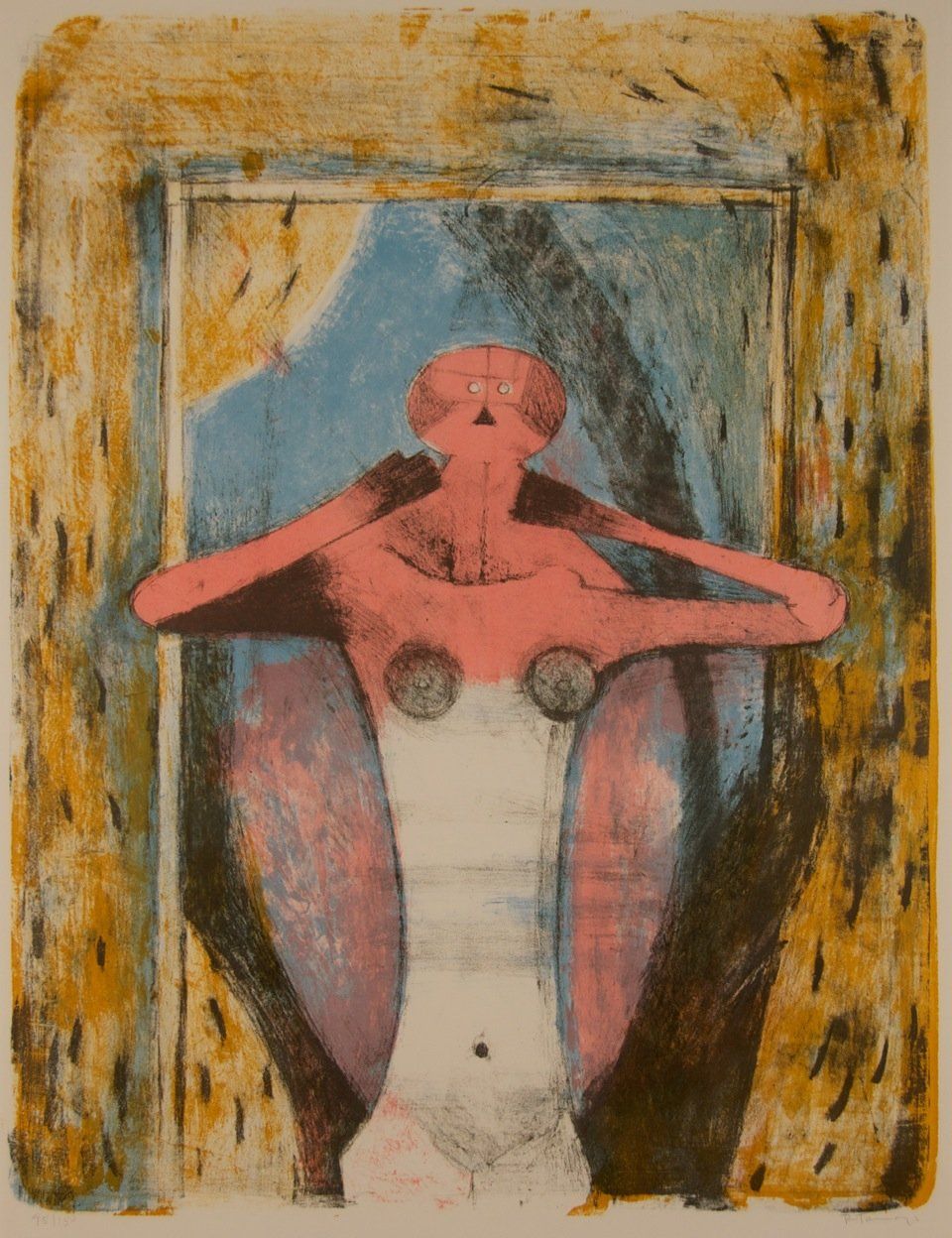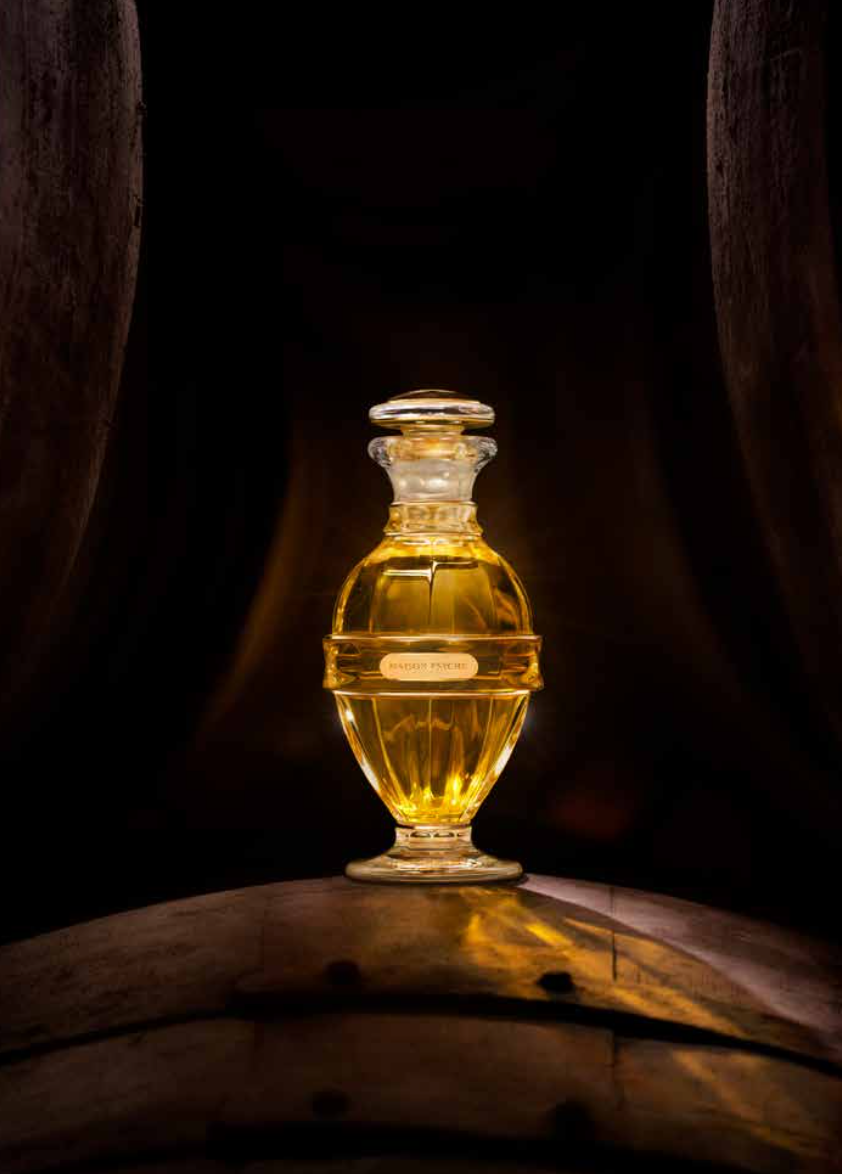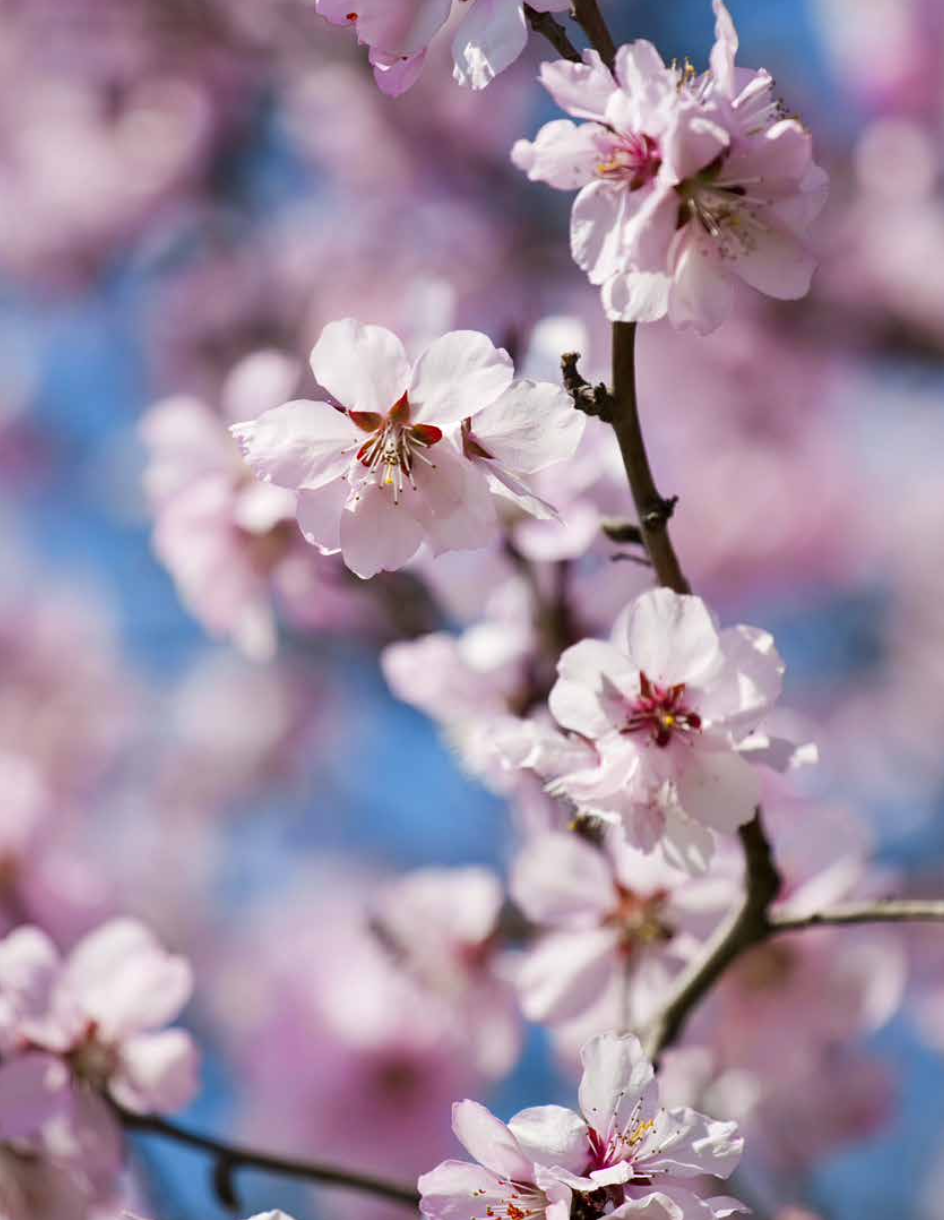The Fallacies and Facts of Fine Art Prints: Originals or Copies?

One of the misconceptions I held when I first began my career in the arts was surrounding fine art prints. While printmaking has a history that dates back thousands of years and is a celebrated and respected art form, technological advancements, complex innovations, and the movement toward mass production has played a role in mystifying exactly what a fine art print is, how the artist is involved in the creation of that print, and its identity as an original form of art.
Perhaps the biggest of all myths is that prints are merely copies—either photographed or duplicated paintings for the masses to access and purchase, or duplicates of “originals.” Until I became immersed in the arts, most of my knowledge of prints was limited to what I bought long before I started collecting: posters of Monet’s Water Lilies and Van Gogh’s Starry Night, and mass-produced copied prints on canvas, taken from paintings, at The Home Goods Store in my early 20’s when it was all I could afford (the original was out there somewhere, right?). However, for our purposes, we are discussing fine art prints created and endorsed by the artists themselves. They have become some of the most in-demand types of artwork on the market, not only for the more-oft attainable price point, but also because fine art prints are the ingenious result of a unique and collaborative partnership between the artist and printmakers, who are highly trained, creative technicians in their own right.
Some of the most renowned master artists were pioneers in printmaking in their time, including Rembrandt, who began etching early in his career, and Picasso, who created more than 1,000 prints (including lithographs, etchings, and engravings) over the course of his life. By definition, a print is a work of graphic art which has been conceived by the artist to be realized as an original work of art—and here’s the important part—rather than a copy of a work in another medium. Prints are produced by drawing or carving an image onto a hard surface (known as a matrix) such as a wood block, metal plate, or stone.
The oldest-known technique is engraving, when Sumerians in 3000 BCE designed inscriptions on cylinder seals and made relief impressions using soft clay. They were the original creators of both the idea of duplication and of using a roller to accomplish that duplication—what we know today as the printing press. Woodblock printing was another very early print method, which began in China in the 13th century as a way to print on cloth. The arrival of paper in Europe around this same time catapulted opportunities for new mediums on which to create, and as paper became more widely available, other forms of printing began to emerge and evolve—including engraving, etching, mezzotints and aquatints, lithography, serigraphy, screenprinting—and a number more. Engraving, for example, really started with goldsmiths and metal workers, who were designers in their own right and professional craftsman. The first European woodcuts on paper were playing cards.
It wasn’t until the mid-20th century that an astonishing rise in printmaking occurred, among some of the most well-known artists of our time. Those innovations carried into modern (post-war art) and contemporary (art created today) practices, and continues to remain a sought-after medium by artists. Creating prints, especially by those who haven’t traditionally used this medium, also represent an artist’s desire to hone their craft, and adds dimensionality, breadth, and meaning to their work and oeuvre. Those are traits collectors should be looking for when considering artists to collect.
So, what are prints? How are they made? And are they duplicates? Originals? Copies of originals? Photos of originals? All of the above? Or none of the above? Here are some common myths, and the accompanying truths for each.
Myth: fine art prints are copies of “original” works of art
Truth: Prints are not reproductions of a work in a different medium. Fine art prints are the result of a complicated, detailed process that produces multiple iterations of a work of art, typically through a transfer process. While there are many types of prints, the four most commonly used and known are lithographs, etchings, screenprints, and woodcuts. The most important component to note is that each piece is considered an “original,” and should therefore be referred to as an impression rather than a copy, because there are original elements in each impression (color and texture variations and paper size, for example). No two impressions are the same.
Myth: Fine art prints are created ahead of time by an artist, and then sent to a printmaker to reproduce en masse, made without the artist present, from an existing “original” and through the use of simple reproduction technologies.
Truth: a print is the result of a closely-wound, collaborative partnership between the artist and the printmaker—the artist is the creator of the print plate and is involved in the entire process, from start to finish. Furthermore, methodologies can still be highly experimental for both the printer and the artist, so the end result (if done well) often presents astounding visuals, full of texture, variations, and characteristics only attainable through the print process and on paper.
Myth: Prints are created solely for the intention to commercialize and monetize the artist’s work, and make the work available to as many people as possible.
Fact: Prints are generally not created in large quantities, but rather in limited editions, and have specific vehicles for which they are sold—galleries, publishers, or the artists themselves. (Open edition printing is how posters are created, for example). The process of creation through printmaking, and the final print, is as significant to the artist as any other medium they employ (painting, drawing, sculpture, etc.).
Myth: The little fraction in the corner of the print indicates what “copy” it is.
Fact: Again, prints are not copies, but multiples from the originally created plate or matrix. The little fraction in the corner of the print indicates the size of the edition (the number on the bottom or to the right) and that particular impression number (the number on the top or to the left).
Myth: The paper is all the same.
Fact: The type and weight of paper is hugely important, and can significantly influence how the final printed image looks. Additionally, the best print specialists have a strong interest not only in the artistic process, but also in the type paper (and there are hundreds).
Fine art prints represent some of the best, most innovative forms of creation in the history of art production, and continue to rise in both prominence and demand. They serve as a remarkable complement to an artist’s repertoire, and feature themes, compositions, and explorations that the artist can share in new and interesting ways. And, perhaps the best part of prints is that they serve as an excellent entry point to collecting the masters, and at a much lower price tag. And it’s no myth that people love to tout owning a big-name artist without the 6-figure cost.




